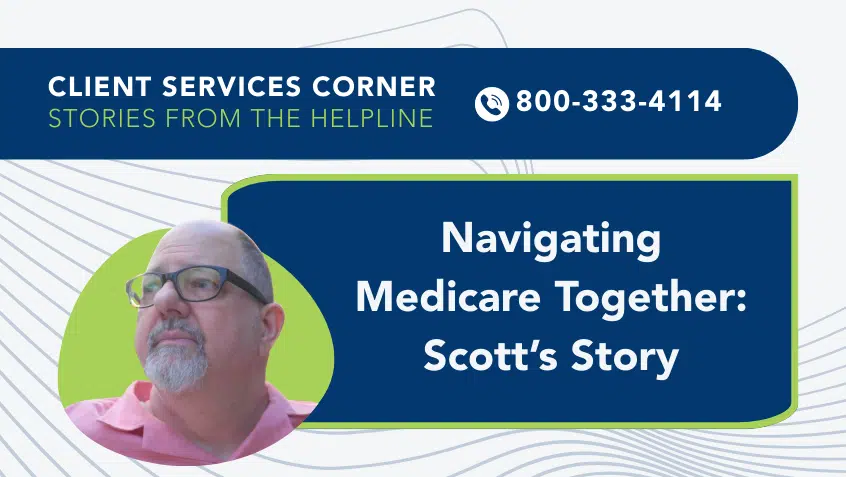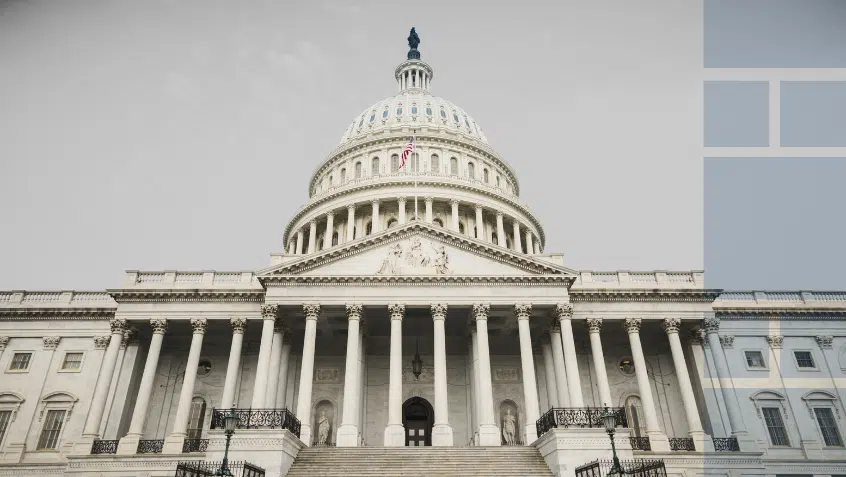Join Us Live for a Discussion on Medicare, Democracy, and the Future of Health Care
New Study Finds that Private Plans Pay Hospitals More Than Medicare for Inpatient and Outpatient Services

A new RAND study found that in 2020, employers and private health insurance plans paid hospitals 224% more than Medicare for inpatient and outpatient services, with wide variation in prices among states.
According to the report, hospital services accounted for 37% of total health spending for the privately insured in 2019 and hospital price increases are key drivers of growth in per capita spending among the privately insured. Yet, much about those prices remains opaque.
The researchers explain that while recent price transparency tools have made price information about certain procedures more available to patients, employers (who provide most private insurance) typically do not have usable information about the prices negotiated with hospitals on their behalf. Their study is intended to help fill this knowledge gap.
To that end, they examined medical claims data from employers and state databases from 2018 to 2020 covering 4,102 hospitals and 4,091 ambulatory surgical centers that account for $78.8 billion of spending. They present “private insurance prices relative to Medicare as a way to compare private insurance prices to a common payer and as a way to apply a publicly available approach to fairly compare private insurance prices among different hospitals.”
Among the key findings:
- The Medicare payment ratios remained relatively stable over the study period. Private insurers paid 222% of Medicare prices in 2018 and 235% in 2019. In 2020, relative prices for hospital facility-only services averaged 224%, while associated professional services, such as physician fees, averaged 163% of what Medicare would have paid for the same services
- In 2020, COVID-19 inpatient hospitalizations averaged 241% of Medicare, which is similar to the relative price for all inpatient procedures.
- There was significant variation across states. Some states (Hawaii, Arkansas, and Washington) had relative prices below 175% of Medicare, while others (Florida, West Virginia, and South Carolina) had relative prices that were at or above 310% of Medicare levels.
- Very little pricing variation is explained by each hospital’s share of patients covered by Medicare or Medicaid; a larger portion is attributable to hospital market power. This finding challenges industry claims that Medicare and Medicaid payment rates drive up costs for privately insured people and matches previous studies that show hospitals in concentrated markets focus on raising prices to private insurers, while hospitals in competitive markets focus on cutting costs.
- Prices for services performed in ambulatory surgery centers (ASCs) averaged 162% of Medicare. Since Medicare payment rates for ASCs are below those for hospital outpatient departments (HOPDs), the ratio would have been lower (117%) if ASCs were paid the same way.
- Among a set of five procedures commonly performed in both ASCs and HOPDs, the average HOPD price was 2.1 times higher and commercial payments were 2.6 times larger. If the same providers were paid Medicare rates for the same services, employers and private plans would have saved $49.9 billion.
An Axios article puts the report in context:
“Annual per-person spending growth for workplace health coverage has exceeded spending growth for government programs in nine of the past 13 years…[t]he divergence in pricing has been linked to mergers and acquisitions, affiliation agreements and other consolidation that increases hospitals’ leverage. In 2021, the average premium cost of an employer-sponsored family plan was more than $22,000, an increase of 47% from 2011, according to the Kaiser Family Foundation.”
The study is part of a RAND initiative on health care price transparency, and the fourth in a series designed to demystify hospital pricing. The researchers suggest it could help employers and others become better-informed purchasers of health services and benefits as well as contribute to policy discussions on strategies to curb health care spending.
Medicare Rights agrees with the need for greater pricing transparency to help guide policy decisions. We urge policymakers to use such data to identify and advance systemic reforms that will meaningfully lower costs for individuals and programs.
Read more about the effect of price transparency on health care costs.
Show Comments
We welcome thoughtful, respectful discussion on our website. To maintain a safe and constructive environment, comments that include profanity or violent, threatening language will be hidden. We may ban commentors who repeatedly cross these guidelines.
Help Us Protect & Strengthen Medicare
Donate today and make a lasting impact
More than 67 million people rely on Medicare—but many still face barriers to the care they need. With your support, we provide free, unbiased help to people navigating Medicare and work across the country with federal and state advocates to protect Medicare’s future and address the needs of those it serves.
The Latest
Most Read
Add Medicare to Your Inbox
Sign up to receive Medicare news, policy developments, and other useful updates from the Medicare Rights.
View this profile on InstagramMedicare Rights Center (@medicarerights) • Instagram photos and videos









